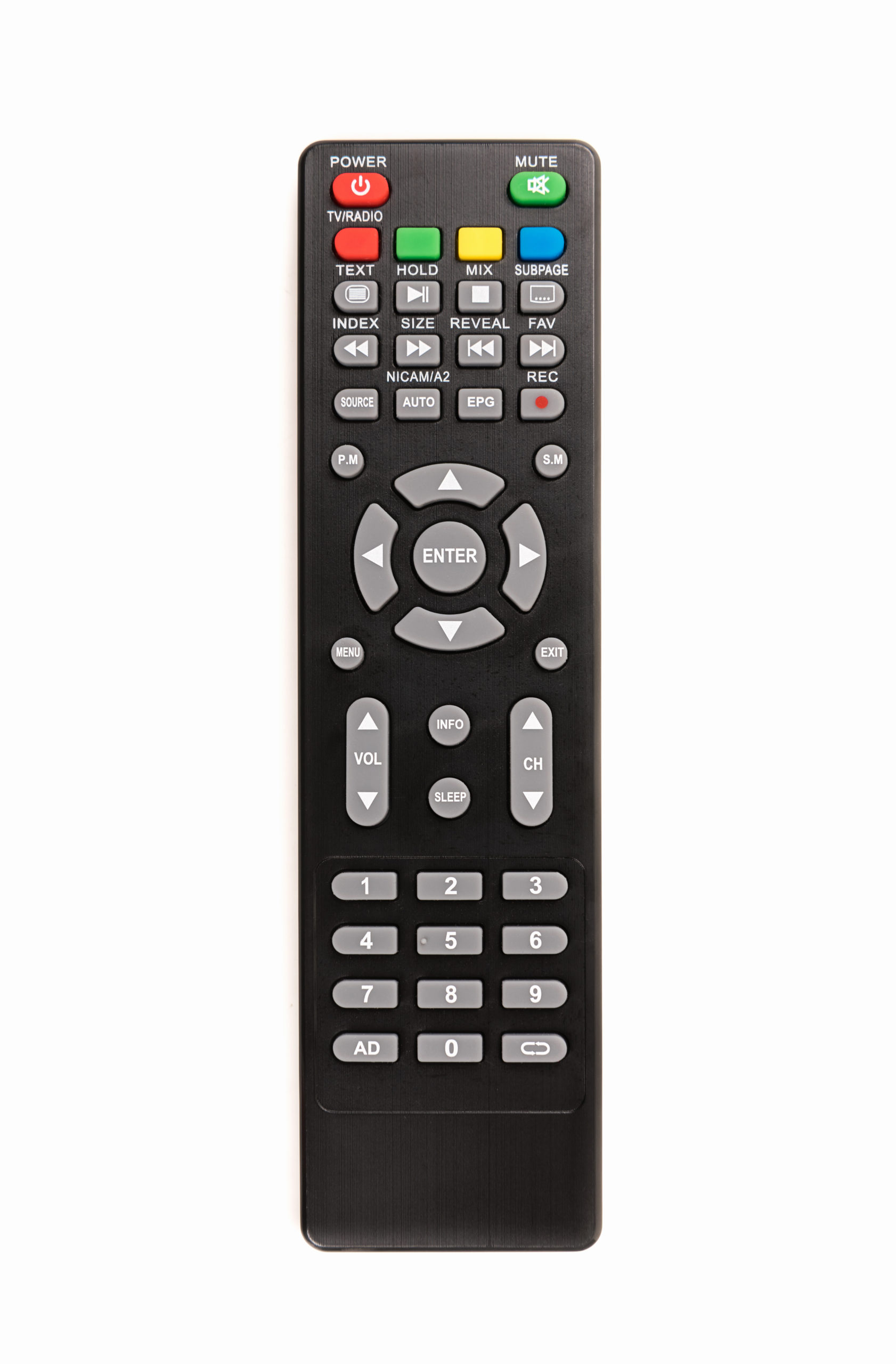Rumored Buzz on Apollo Group Tv
Table of ContentsApollo Group Tv Can Be Fun For EveryoneGet This Report about Apollo Group TvThe Basic Principles Of Apollo Group Tv Apollo Group Tv - Questions
In this scenario, as opposed to having three-minute commercial spots throughout a 30-minute tv program, television programming might transform to one where a consumer will be required to have a regular monthly registration, to make sure that they cen view targeted banner advertisements. This kind of advertising currently happens on the web, and the amount of data tv firms gather permits them to do a lot the very same.Explain the impact of enrollers on program material. Define the major patterns among the broadcasting and cable television networks. When television remained in its early stage, producers designed the brand-new medium on radio. Popular radio shows such as cops dramatization Dragnet and western cowboy series Gunsmoke were adjusted for television, and brand-new TV programs were sponsored by solitary marketers, equally as radio shows had actually been.
Today, the tv market is far a lot more complicated. Programs are sponsored by several marketers; programs is regulated by significant media conglomerates; and the 3 major networks no more dominate the airwaves however instead share their visitors with many cable television networks. A number of factors represent these trends within the market, consisting of technical growths, federal government regulations, and the development of brand-new networks.

Apollo Group Tv Can Be Fun For Anyone
Established in 1969, (PBS) established out of a record by the Carnegie Payment on Educational Television, which analyzed the function of instructional, noncommercial tv on culture. Public tv was additionally intended to offer global access to television for audiences in country locations or viewers who can not afford to pay for private television services.
The period in between 1950 and 1970 is historically acknowledged as the. In addition to a little section of airtime regulated by public tv, the 3 major networks (called the Big 3) dominated the tv industry, jointly accounting for more than 95 percent of prime-time watching. In 1986, Rupert Murdoch, the head of international business Information Corp, introduced the Fox network, testing the prominence of the Big 3.
Targeting young and minority target markets with shows such as Buffy the Vampire Killer, Moesha, Dawson's Creek, and The Wayans Bros., the new networks intended to attract terminals away from their old network affiliations. However, instead than duplicating the success of Fox, UPN and WB had a hard time to make an impact. Not able to attract many associate stations, both recently established networks reached fewer houses than their bigger rivals due to the fact that they were inaccessible in some smaller sized cities.
This decision led the method for the development of cable movie channels, contributing to the exponential development of cable in the 1980s and 1990s. apollo tv. More deregulation of cord in the 1984 Cord Communications Plan Act got rid of limitations on cable television rates, making it possible for drivers to charge what they desired for cord solutions as long as there was effective competitors to the service (a criterion that over 90 percent of all wire markets might satisfy)
An Unbiased View of Apollo Group Tv

Having actually developed the initial "superstation," Turner expanded his realm by founding 24-hour information network CNN in 1980. At the end of the year, 28 nationwide programs solutions were readily available, and the wire transformation had begun. Over the following decade, the industry went through a duration of rapid development and appeal, and by 1994 customers might pick from 94 basic and 20 premium cable television services.
Figure 9 - https://www.provenexpert.com/apollo-group-tv5/.16 Raised competitors from cable television channels has caused a stable decrease in the networks' target market rankings. Throughout the 1950s, the cost of producing a single television show enhanced as programs came to be longer and production expenses rose. Sponsorship on network television moved from single sponsorship, in which a program was totally supported and produced by one advertiser, to multiple sponsorship, in which advertisers got 1- or 2-minute places on the program
Each reaction should be a minimum of one paragraph. Choose one of the Big Four networks and publish out its weekly programming schedule. Watch the network's prime-time programs throughout a week, noting the target demographic for every show. Observe the marketing enrollers that support each program and contrast how the product or services fit with the intended target market.
The smart Trick of Apollo Group Tv That Nobody is Discussing
Straight television, typically referred to as conventional program television, encompasses cable and satellite television. It's called "linear" due to the fact that material complies with an established shows timetable, unlike on-demand content which the private viewer chooses to view based on their own choices and timetable. When you ask, "What is linear Television?", consider blog it as the classic way of watching TV that has been around for decades.